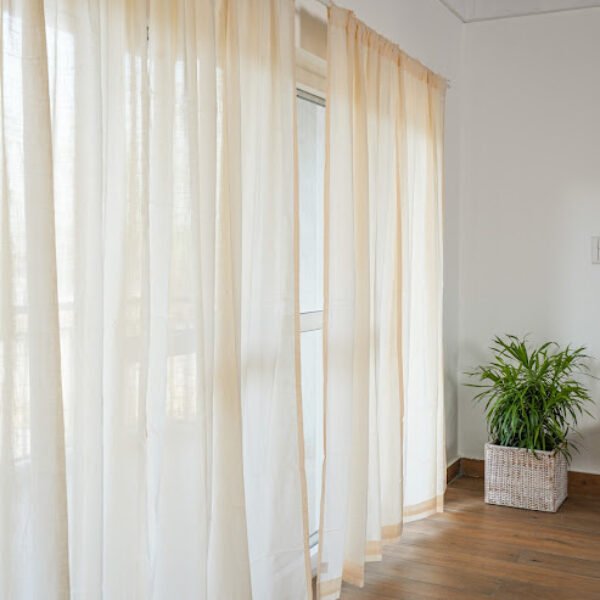Cleaning Mold From Bathroom Ceilings Like a Pro

Have you worked at cleaning mold from bathroom ceiling spots only to have them surprise you by coming back? To really get rid of mold, you have to not only clean it away, but you must also kill it. In problematic cases, it may even require replacing ceiling tiles or sheetrock.
How to Clean Mold From Your Bathroom Ceiling
If the mold on your bathroom ceiling covers ten square feet or less, it is considered a small area, and you can take care of cleaning it on your own by following the correct procedures. Mold that covers more of your ceiling than this may require professional services.
Items Needed for Safety
Removing mold is serious business. Therefore, you need to make sure to grab some safety supplies.

- Goggles
- Gloves
- Cotton face mask
Steps to Take Before Cleaning Bathroom Ceiling Mold
It’s also important not to spread mold spores. So, you need to:
- Close off vents so spores cannot spread to other areas of the home during the cleaning process
- Open a window
Cleaning Mold From Bathroom Ceiling
Cleaning the mold from a bathroom ceiling requires some mild detergent and bleach. You’ll then follow these steps.

- Wash the area with a cleaning solution of mild detergent and warm water.
- Let the affected area dry.
- Mix one-quarter cup of bleach with one quart of water and apply the solution.
- Wait for 20 minutes and apply a second time.
- Allow another 20 minutes to dry.
After You Clean the Mold
It is important to realize the fact that your ceiling looks clean after you clean it doesn’t mean that lingering mold spores won’t survive. You will need to treat the ceiling after you have cleaned it and take steps to correct the problems in your bathroom that contributed to mold growth in the first place.
Treat the Ceiling
After you clean the ceiling, you’ll also want to treat it to kill any remaining spores and reduce the likelihood that a mold problem will develop again. Mix a solution of borate-based detergent (such as Borax) and apply it. This solution should not be rinsed but left to stop mold from growing in the future. Borates have stain removal properties and control bacteria and fungi.
Control the Conditions
Removing the mold from your ceiling and treating the area doesn’t mean that you will never have a problem again. Mold spores grow on almost any kind of surface when moisture is present. Once you clean the mold from your bathroom ceiling, it’s important to remove the moisture problem to make sure it doesn’t come back. To do this, you’ll want to determine the reason mold-producing moisture collected in the bathroom in the first place. A few things you can do to keep mold growth to a minimum include:
- Fix water leaks. If pipes run through your ceiling, be sure to check for and repair any plumbing leaks. Pipes may need to be wrapped to prevent condensation.
- Increase ventilation. Open doors and windows to increase airflow. Install an exhaust fan if you don’t have a window in your bathroom.
- Clean your bathroom regularly to eliminate any mold spores.
When Mold Becomes a Problem
If your bathroom has a musty smell and little black or white specks dot your ceiling or walls, there’s a chance that mold may also be growing behind your ceiling tiles or walls. Some molds release toxins, and hidden mold can lead to health problems, even in healthy people. When exposed to these toxins in high amounts, you can suffer from symptoms including:
- Fatigue
- Nausea
- Headaches
- Lung irritation
- Eye irritation
If you suspect mold as the cause of your health problems, talk with your doctor and call in a professional to investigate. If the mold in your bathroom isn’t that serious, follow the steps above to clean up the problem and keep it under control.
Controlling Mold on Your Bathroom Ceiling
Mold can be a problem on bathroom ceilings. Why? Because the moisture from your shower collects, creating the perfect conditions for fungi to grow. However, there are several steps that you can take to ensure that mold doesn’t cause issues in your bathroom.
AUTHOR: Jennifer L. Betts
SOURCE: lovetoknow.com
PHOTOCREDIT: lovetoknow.com/buildmagazine.com







